One of my favorite things about New Zealand when I was working abroad, besides the nature, the beer, the people, the waterfalls, and well pretty much everything, was all of the access to what I call “free culture and nature.” All of the national parks, managed through New Zealand’s Department of Conservation, have zero fees for admittance. Compared to some of the national parks in the United States, such as Yosemite, with daily admission fees usually $20 or more, I found the “freeness” of nature in New Zealand to be especially refreshing.
Even more unique, again especially compared to the United States, is the free access to art and history museums across New Zealand. Let me make this clear for you, in case it has not set in yet. National parks, art galleries, museums and I almost forgot my favorite, the botanical gardens, are all FREE in New Zealand. (No, not only on Tuesdays if you have kids under the age of 10, or only on the third Wednesday of the month, or even only if you buy the price of one full regular admission do you get all of these cultural, art, and nature opportunities for free.)
These parks and museums are free ALL OF THE TIME.
If you are looking to explore New Zealand on a budget, here are my top 5 favorite FREE cultural experiences on the South Island of New Zealand.
#1. Canterbury Museum and Christchurch Art Gallery: Canterbury Region
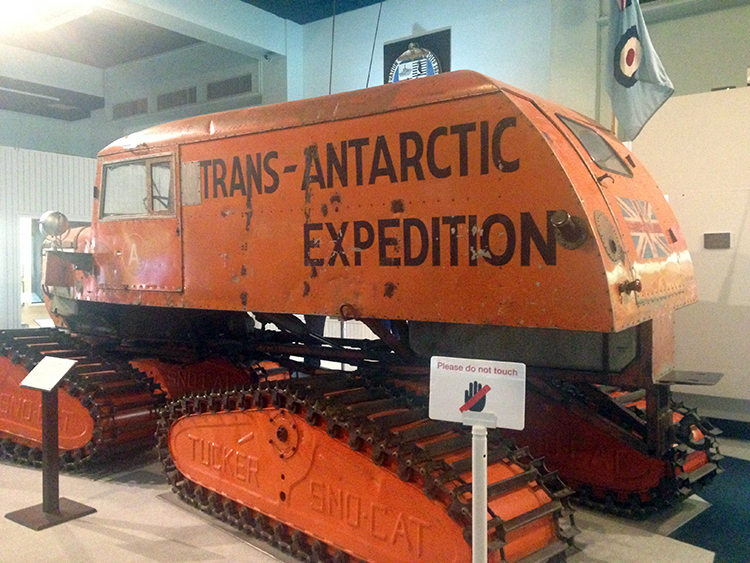
One of the biggest museums I came across in the South Island was the Canterbury Museum in the heart of downtown Christchurch. The museum has four floors, with two of those being the galleries, one of administrative and museum offices, and the café on the fourth floor.
The range of exhibits in the museum vary greatly and you could easily spend an entire day exploring and learning in all of their different exhibits. When I went, there were exhibits on: the water cycle, Antarctic expeditions, Fred and Myrtle’s Paua Shell House, Japanese motifs portrayed through tattoos, nineteenth Century Christchurch, and an Egyptian mummy.

While museums as a whole are not usually my thing, the mix of the exhibits here, plus their admission price, made it well worth my time and exploration. The museum is a great way to spend the day learning about local New Zealand culture and anything else they happen to be teaching that day.
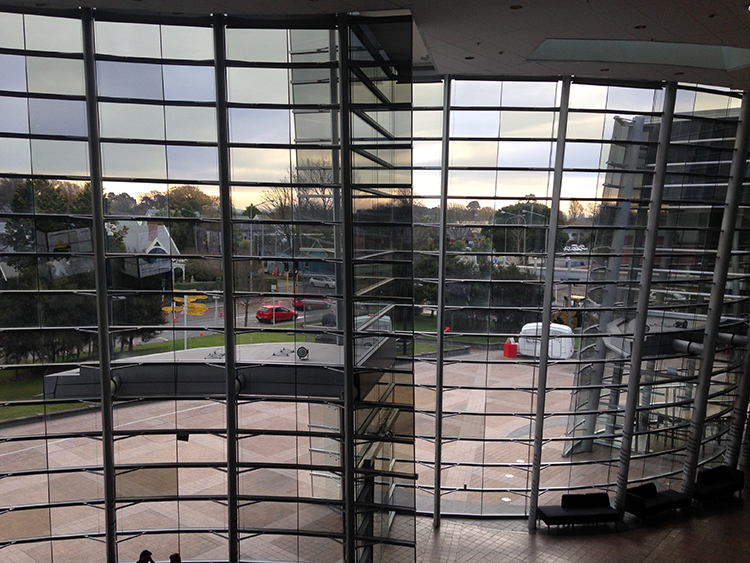
Just down the street from the Canterbury Museum is the Christchurch Art Gallery. This two story building has several different ongoing and rotating exhibits and a number of different free events going on each month. Their current focus on local artists was especially interesting to me. Additionally the gallery has free Wi-Fi, a lovely store, and a game area where cards and other board games are available if you are just looking for a free and safe place to hang out with your friends or kids for a while.
#2. Arrowtown and Queenstown trail system: Otago Region
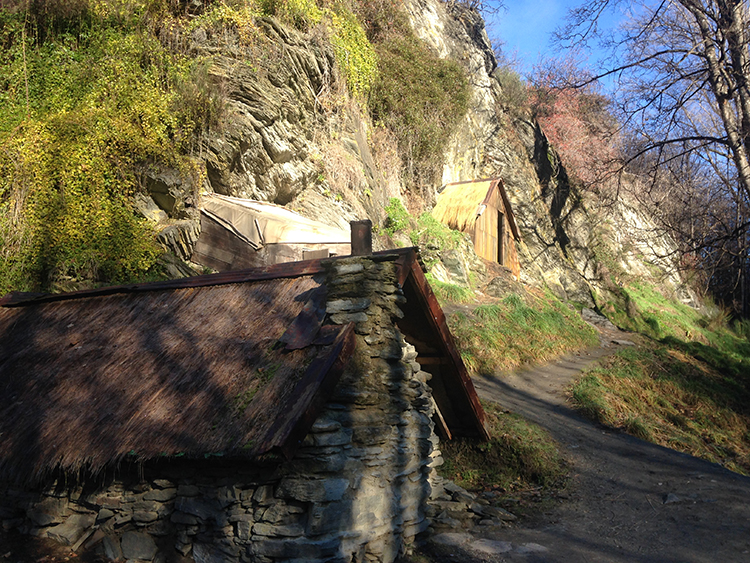
While most people go to Queenstown for the party atmosphere and the awesome skiing, I was fascinated by the area’s extensive walking and tramping trails. Forty-Three trails in all are listed on the Department of Conservation’s Wakatipu Walks brochure, covering both Queenstown and Arrowtown.
The walks here vary from 15 minutes to a full day and cover the entire area. While staying in the area, I walked daily from Frankton into Queenstown along Lake Wakatipu, enjoying great views of the lake, local houses, and several small waterfalls along the way. Longer trails can take you up into the mountains surrounding Queenstown, such as the Ben Lomond trails.
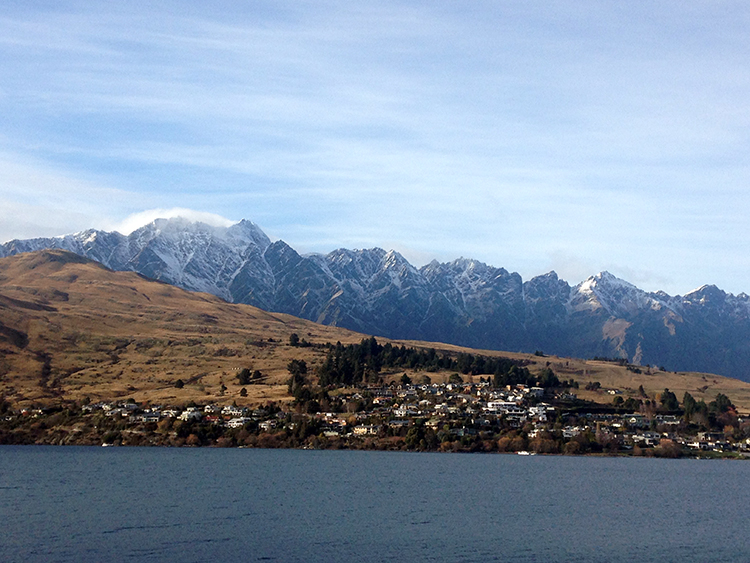
If you are in Arrowtown, the Millennium Walkway guides you along the Arrow River, connecting to the Gibbston River Trail, crossing the historic Kawarau Bridge, and leading all the way back into Frankton and Queenstown if you walk or bike long enough. The endlessness of these trails and the great signage along the way make it a great way to enjoy the scenery for minimal to no cost.
#3. I-Sites: All Across New Zealand
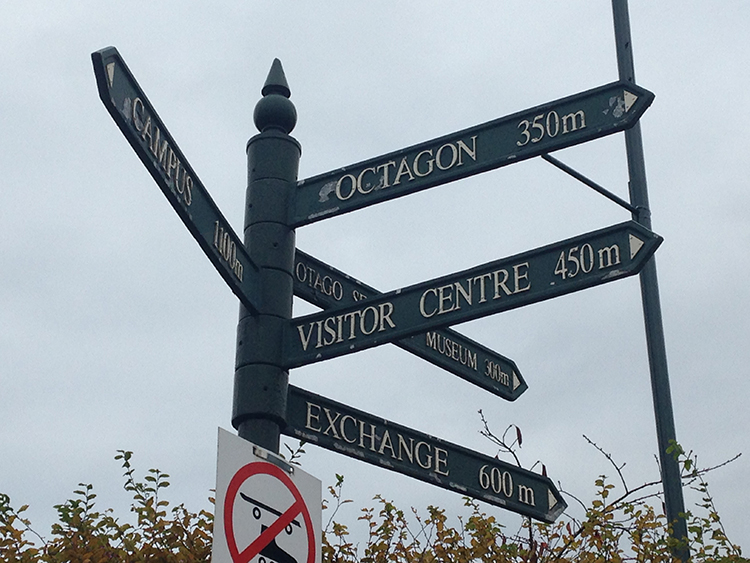
In most towns across New Zealand, both North and South Islands, there are the New Zealand version of Visitor Information Centers, called I-Sites. There are over 80 sites across the county and they were always my first place to go when I visited a new town.
The most useful thing to me was the free maps, but like any tourist office, they also have tons of brochures about local attractions, events, restaurants, shopping, and accommodation in the area. They also have staff available to help you with any questions or directions and can even assist in booking local attractions, sometimes at a discounted rate compared to booking directly with the company.
The sites usually have free Wi-Fi and as they are almost always in the center of town, I have frequently seen them utilized as the main bus stop in town for local transit, and also for some of New Zealand’s cross country bus systems such as Naked Bus and Intercity. As I was traveling during the winter, I would sometimes stop by just to warm up for a few minutes and explore local information that I might not have been able to find elsewhere.
The I-Sites are certainly not the most exciting place to go in New Zealand, but they are great at connecting you to the places that are, and in case you haven’t picked up on the theme yet, their maps, brochures, and booking services are all free.
#4. Invercargill’s Queens Park: Southland Region
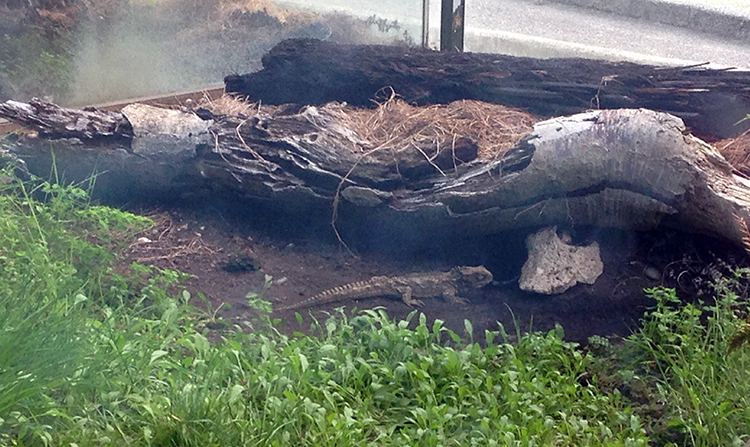
While I will openly admit that Invercargill is not the most exciting city in New Zealand, it does have a few cool things going for it and Queens Park would probably be number one. I had seen it on the list top attractions for Invercargill and that was about as much as I knew about it going in. This led me to find a number of surprises as I ventured through their little over 200 acres of land.
First, I visited the I-Site (see entry above as to why) and continued on through the local and always free museum, Southland Museum and Art Gallery. Like most other museums I had come across in New Zealand, there was an interesting montage of exhibits from Antarctic Exploration, Maori culture, Geology, Southland’s role during WWI, and the live Tuatara, an ancient reptile like creature, now extinct across the rest of the world.
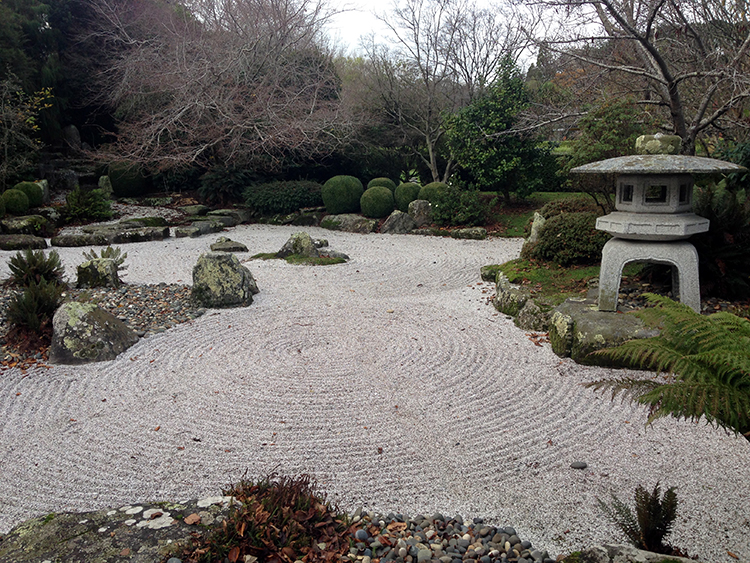
I then ventured out into the actual park starting in the Rose Garden and into the other specific gardens of this massive park including a Japanese Garden, NZ Native Garden, Winter Gardens, and the Sub-Antarctic Islands Garden.
Unexpectedly to me at least, the Tuatara is not the only animal living in the Park. There is an entire aviary and animal reserve including guinea pigs, wallabies, alpaca, and an ostrich. While the ostrich and wallaby may not seem out of place in an American or Australian zoo, I certainly did not expect to come across them in the middle of a park in Invercargill.
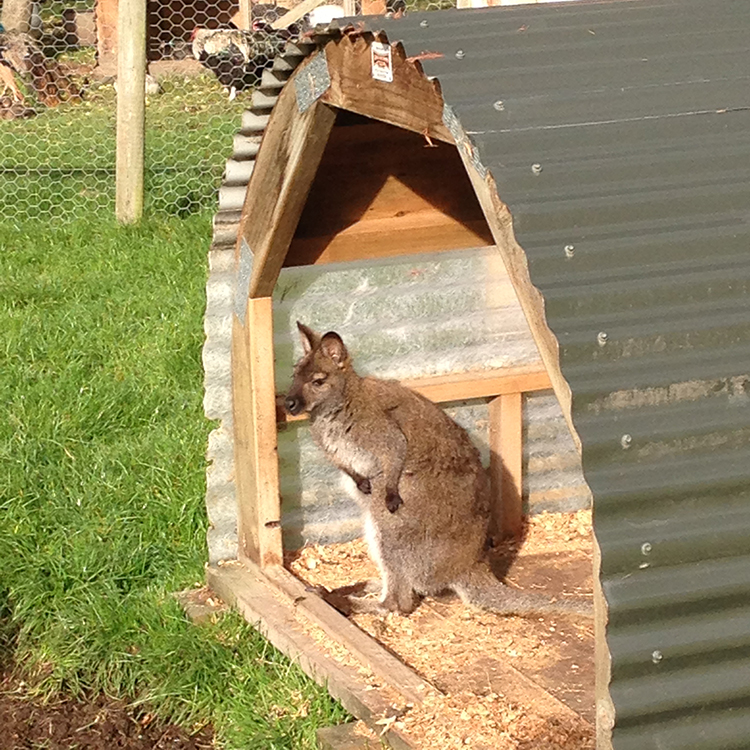
My last but not least favorite attraction of Queens Park was the bathrooms. Yes I am well aware of how weird that sounds, but seriously these things were pretty cool. Officially called Exeloos, these trumped up porta potties are by far the fanciest public restroom I had ever seen. They come equipped with automatic doors which open at the touch of a button, automatic toilet paper dispensers, and a toilet that does not flush until after you wash your hands.
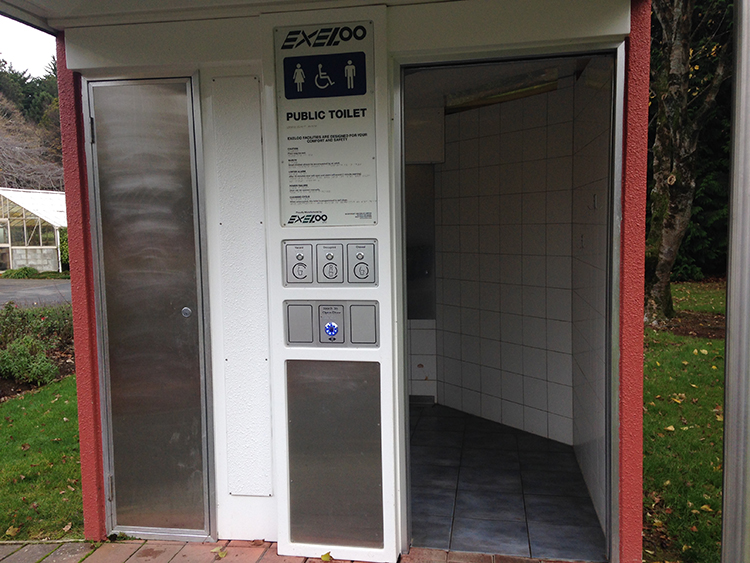
Upon entering, you are informed by an announcer of sorts that you have 10 minutes to go about your business which is then followed by some mood music for the rest of your visit. There are three Exeloos across the park, and while I would not visit the park solely for this feature, it is well worth checking out when you come across one.
#5. Every Department Of Conservation Park and Map, Ever: All Across New Zealand
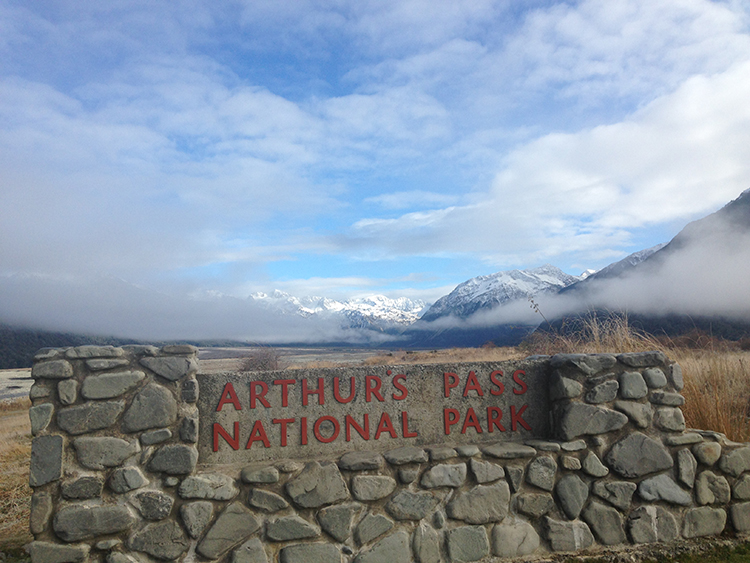
Undeniably, one of the best things about New Zealand is the nature. Not being a particularly old country and learning from the lessons of the rest of the world, New Zealand in my opinion has done a fantastic job of preserving and protecting their natural environment.
There are Department of Conservation managed parks all across the North and South Islands, so no matter where you end up in New Zealand, you are guaranteed to be near DOC managed land. The special thing about DOC managed land versus just any other park is the guidance that comes along with it.
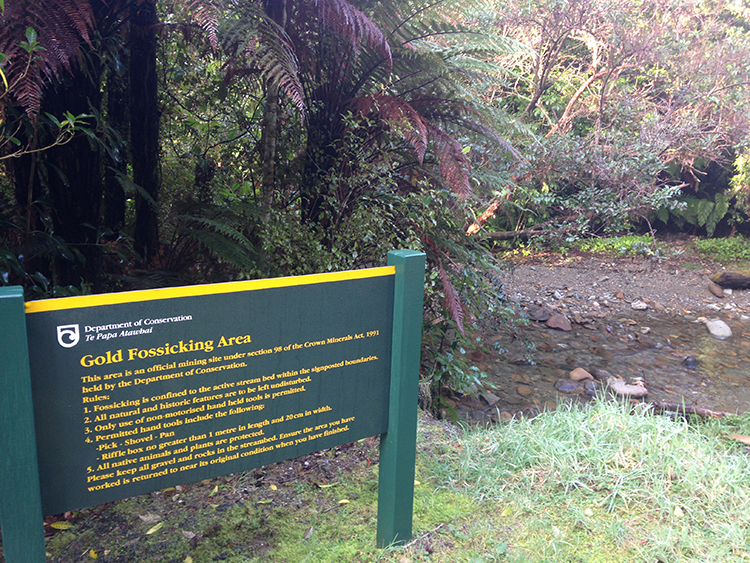
While DOC maps are available for purchase in their local offices, you can download them all for free from their website. Keeping them on either my phone or iPad, these maps were tremendously helpful in my hiking expeditions. The maps, brochures, and DOC website tells you exactly where trails start, which can sometimes be tricky to find in the NZ wilderness. You can also learn how long a trail is expected to take, the level of difficulty, and what you are likely to see along the way.
Orange or white arrows along the trails keep you on the right path, again extremely helpful in the remote NZ wildness and especially useful to me as I often hiked alone and on trails not being utilized by anyone else at the time. Some of the best natural wonders of New Zealand, such as Milford Sound, Franz Josef and Fox Glaciers, Arthur’s Pass and the Great Walks, are all on DOC land.
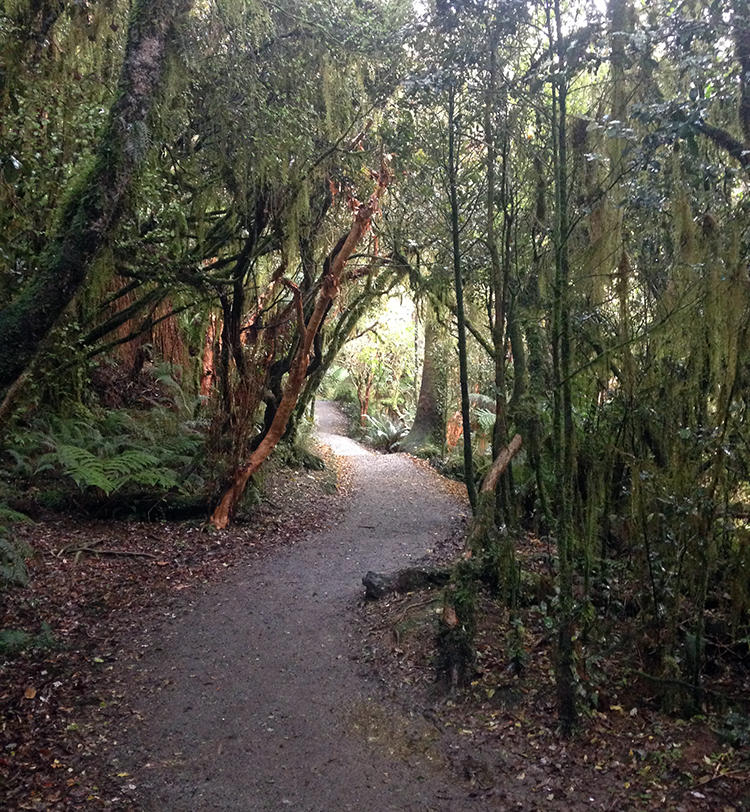
Make sure to take advantage of the resources offered by DOC to plan and enjoy your journey, without getting lost or ending up on a 6-hour, steep-graded trail when you were only looking for a one hour stroll through a preferably level forest.
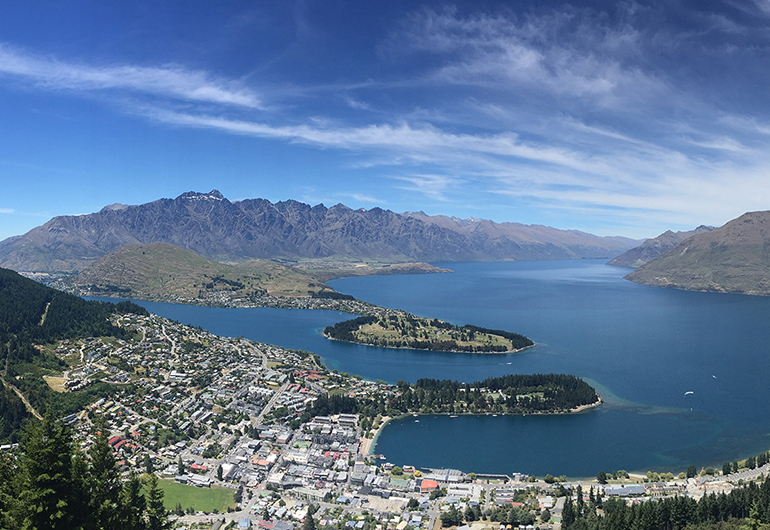
Leave a Reply